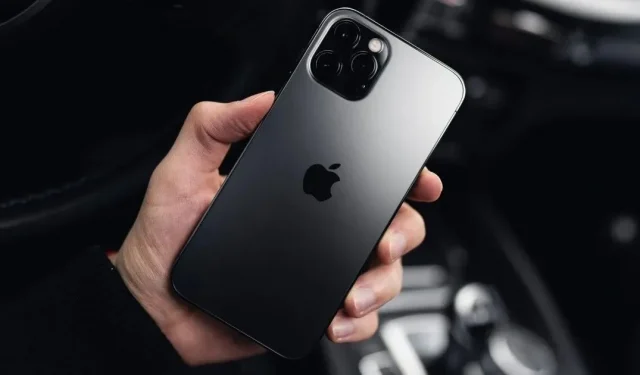iPhone with USB-C port: Apple faces a lot of pressure from the EU to ditch the Lightning port

Apple seems to have done a good job getting people to switch from Lighting to USB-C ports on iPads and Macs over the years. However, when it comes to their key product, the iPhone, the story remains the same as it was many years ago. The latest iPhone 13 models still have a Lightning port on the bottom for charging. The retention of the Lightning port indirectly forced customers to use a different wired iPhone charging cable and a separate USB-C port for iPads and MacBooks. Now, it looks like the story may not be the same. The European Commission, months after the row with Apple, is now one step closer to forcing the iPhone maker to switch to a USB-C port for iPhones (and other iDevices).
Pressure from the EU Commission and its reason
Members of the European Parliament voted this week on legislation that would force Apple to use a USB-C port on all iPhones, iPads and AirPods in Europe. However, this legislation does not apply to Apple. It includes all consumer electronics manufacturers that sell phones, tablets, laptops, cameras, consoles and more in Europe. Since many manufacturers around the world have naturally adopted USB-C ports, Apple seems to be obsessed with using the Lightning port in the iPhone, which is one of the best-selling smartphones in the world. However, there are exceptions. This is for those devices that are thin or compact enough not to have a USB-C port.
Why is the EU putting pressure on this law that makes USB-C mandatory for all manufacturers in Europe? Why has this battle been going on for years? This is because the authorities claim that a “common port”for all devices will drastically reduce e-waste while at the same time increasing product sustainability. Basically, it will also make charging or wired data transmission more convenient. If that happens, users only need one adapter and a USB-C cable to charge their headphones, smartphones, consoles, laptops, tablets and more.
Back in 2018, the EU was pretty close to passing this law, but failed to do so. At the time, Apple warned that forcing everyone to use a single USB-C cable would greatly stifle innovation and increase e-waste as millions of people would be forced to buy new USB-C cables.
What comes first? USB-C or iPhone without port
Pressure from the EU Commission raises a new issue for Apple. Should we continue to fight for the iPhone’s Lightning cable (and for how long?), or make the whole device portless instead. If Apple plans to disagree with the EU Commission, all of this will definitely make it push harder than ever to release an iPhone without a port. Interestingly, a recent news report suggested that the iPhone could go portless in 2024. Apple is already moving towards an iPhone without a port at a steady pace. The company is actively promoting AirPods and wireless headphones along with MagSafe wireless charging technology, indirectly pushing more users towards wireless technology.
Leave a Reply